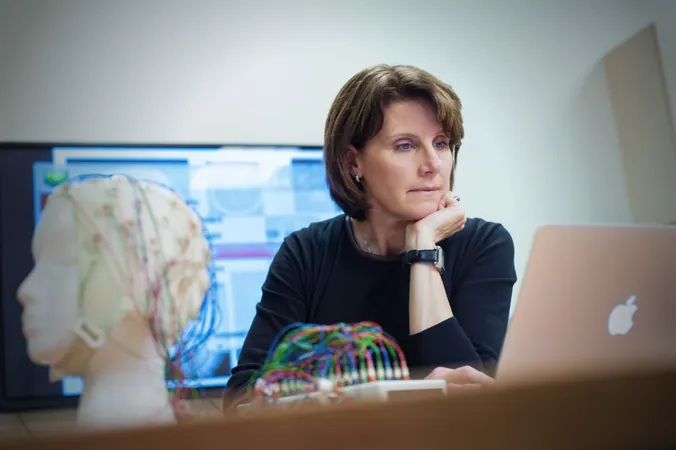
Revolutionary Video Game Could Transform Stroke Recovery
2025-05-20
Author: Noah
Gamifying Rehabilitation: A Game-Changer for Stroke Survivors
In a groundbreaking development for the approximately 80% of Canadians who survive strokes, a new approach to rehabilitation is taking shape. With more people surviving strokes than ever, swift recovery is crucial for regaining independence and functionality. Enter Dr. Lara Boyd from UBC's Faculty of Medicine, who is merging traditional rehabilitation techniques with the engaging world of video gaming.
Introducing TrAIT: A Fun Way to Regain Motor Skills
Dr. Boyd and her team have unleashed an innovative video game: the Track and Intercept Task (TrAIT). It’s a dynamic spaceship-and-asteroid game that adapts to each player’s abilities, specifically designed to help individuals reclaim their arm function after a stroke.
"Our aim is to gamify rehabilitation, turning exercises into a fun experience that encourages patients to practice more outside of structured therapy sessions," explains Dr. Boyd, a neuroscientist and physical therapist.
Understanding the Impact of Stroke on Motor Function
Strokes occur due to blocked or ruptured blood vessels in the brain and can cause symptoms like confusion, difficulty speaking, and significant motor impairments. Notably, strokes often impact the middle cerebral artery, crucial for arm motor function. Damage here can lead to paresis, where one side of the body loses muscle strength and sensation.
A Cutting-Edge Study on TrAIT's Effectiveness
In a recent publication in the journal Neurorehabilitation and Neural Repair, Dr. Boyd’s team investigated TrAIT's impact on rehabilitation for those with weakened arms due to strokes. Twenty-six stroke survivors engaged in TrAIT alongside twenty-four healthy individuals.
Before playing, participants calibrated the game to their ability level, allowing for a personalized challenge that kept the gameplay engaging yet achievable.
Gameplay Dynamics: Catching Asteroids to Strengthen Muscles
In the game, players maneuver their arms to control a spaceship, intercepting asteroids and tossing them to a target, the sun. As players progress, the game adapts in complexity by altering the size, speed, and location of game elements based on their performance.
This tailored approach enhances user engagement through compelling visual and sound effects, motivating players throughout their rehabilitation journey.
Promising Results: More Movements, More Gains!
After just ten half-hour sessions of TrAIT, participants collectively performed an astounding 10,000 movements—5,000 captures and 5,000 throws—with nearly all stroke survivors showing a remarkable 13% improvement in arm function.
To put this into perspective, typical therapy sessions involve only about 32 reaches, while TrAIT participants completed an impressive 1,000 reaches each session!
Looking Ahead: A Future of Free Access and More Trials
Encouraged by these findings, Dr. Boyd has enhanced the TrAIT software based on participant feedback and aims to make the game accessible for free in the future if subsequent clinical trials yield positive results.
Now, the team is seeking individuals who experienced a stroke in the last three months for a follow-up study to further explore TrAIT's effects on arm motor function. Interested candidates can reach out to Dr. Lara Boyd for more information.

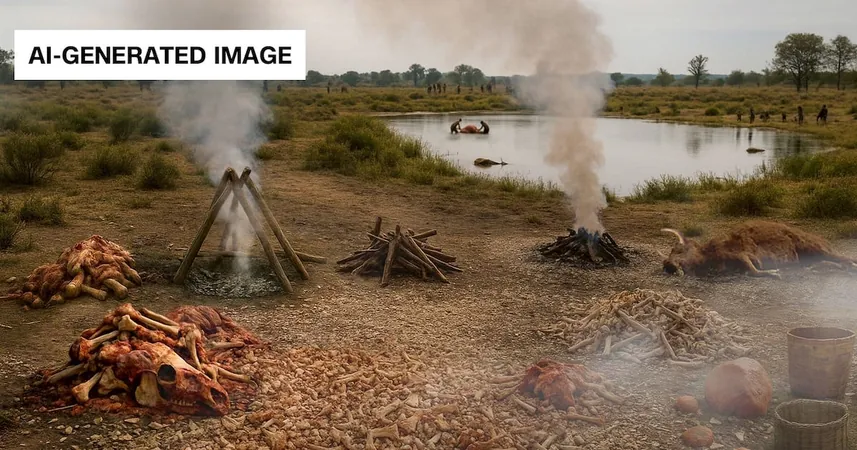
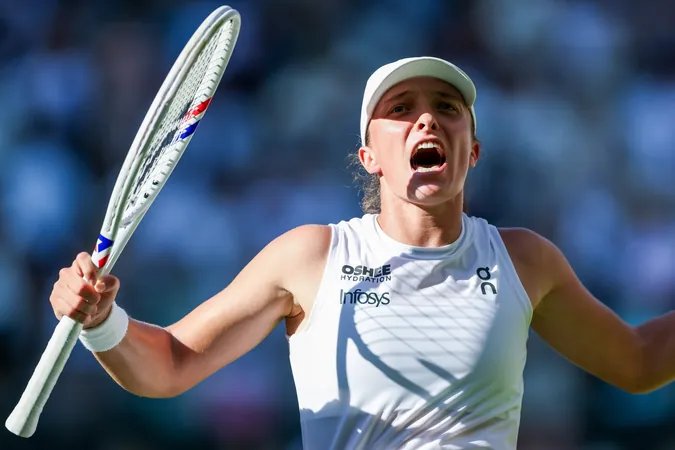
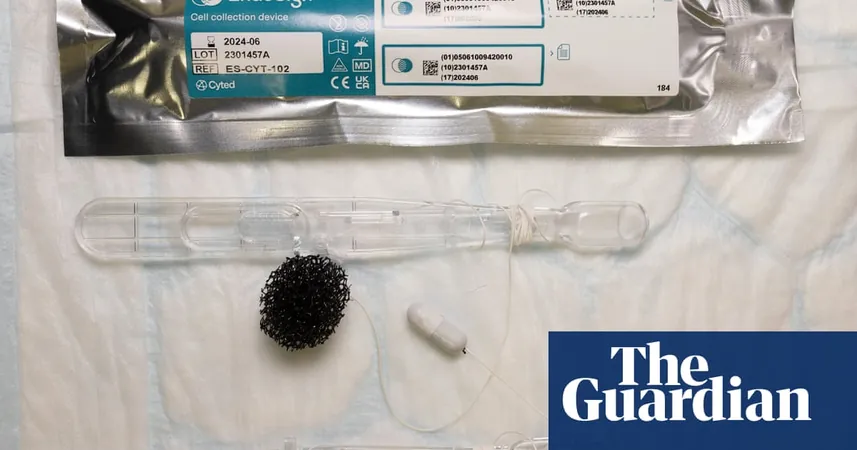
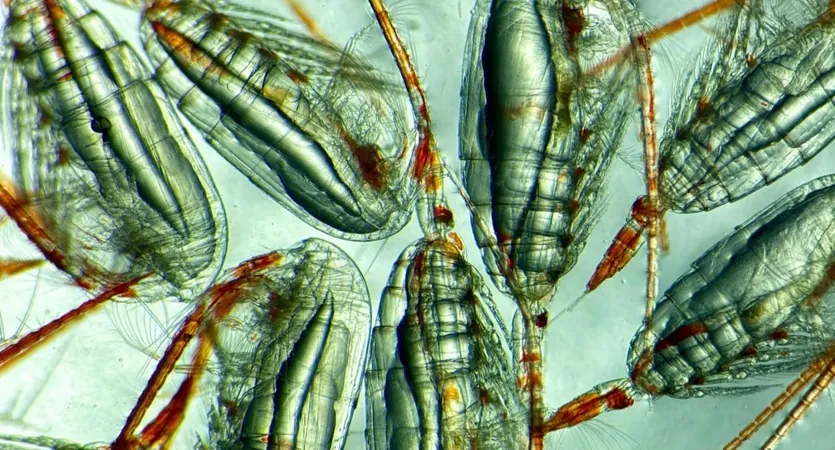
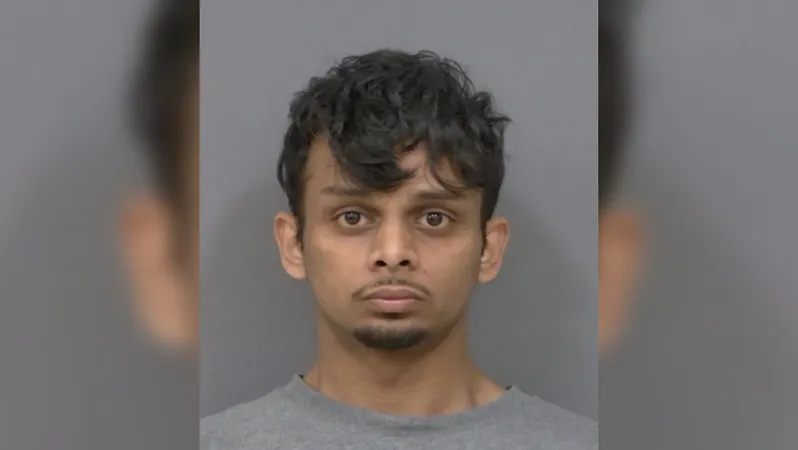

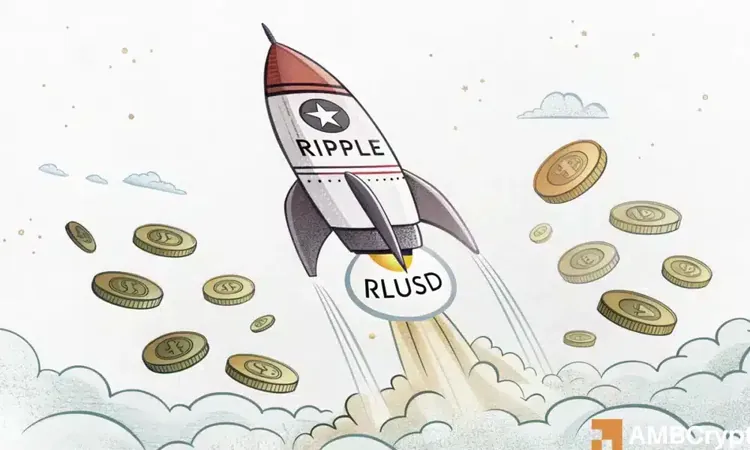
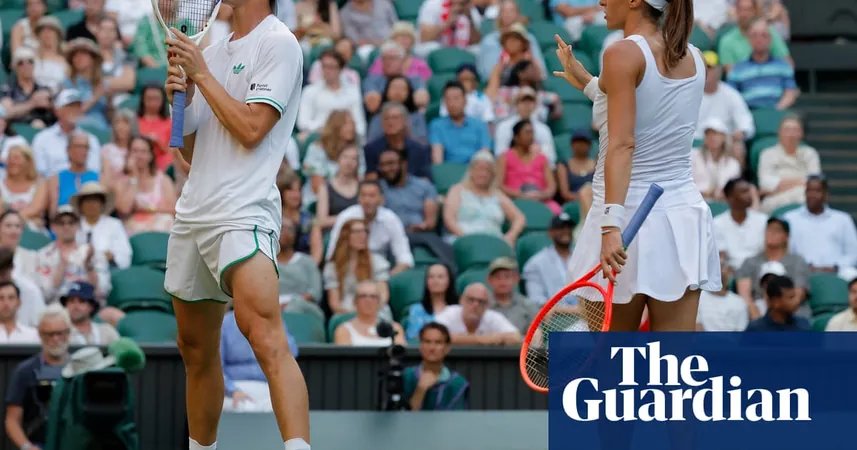
 Brasil (PT)
Brasil (PT)
 Canada (EN)
Canada (EN)
 Chile (ES)
Chile (ES)
 Česko (CS)
Česko (CS)
 대한민국 (KO)
대한민국 (KO)
 España (ES)
España (ES)
 France (FR)
France (FR)
 Hong Kong (EN)
Hong Kong (EN)
 Italia (IT)
Italia (IT)
 日本 (JA)
日本 (JA)
 Magyarország (HU)
Magyarország (HU)
 Norge (NO)
Norge (NO)
 Polska (PL)
Polska (PL)
 Schweiz (DE)
Schweiz (DE)
 Singapore (EN)
Singapore (EN)
 Sverige (SV)
Sverige (SV)
 Suomi (FI)
Suomi (FI)
 Türkiye (TR)
Türkiye (TR)
 الإمارات العربية المتحدة (AR)
الإمارات العربية المتحدة (AR)